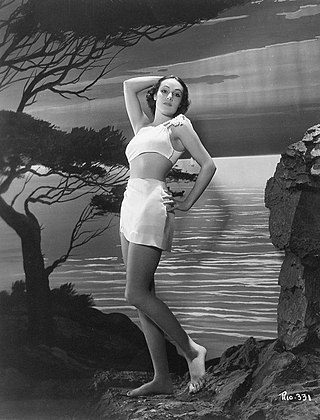
A bikini is a two-piece swimsuit primarily worn by girls and women that features one piece on top that covers the breasts, and a second piece on the bottom: the front covering the pelvis but usually exposing the navel, and the back generally covering the intergluteal cleft and a little, some, or all of the buttocks. The size of the top and bottom can vary, from bikinis that offer full coverage of the breasts, pelvis, and buttocks, to more revealing designs with a thong or G-string bottom that covers only the mons pubis, but exposes the buttocks, and a top that covers only the areolae. Bikini bottoms covering about half the buttocks may be described as "Brazilian-cut".

Surfing is a surface water sport in which an individual, a surfer, uses a board to ride on the forward section, or face, of a moving wave of water, which usually carries the surfer towards the shore. Waves suitable for surfing are primarily found on ocean shores, but can also be found in standing waves in the open ocean, in lakes, in rivers in the form of a tidal bore, or in wave pools.

A hairstyle, hairdo, haircut or coiffure refers to the styling of hair, usually on the human head but sometimes on the face or body. The fashioning of hair can be considered an aspect of personal grooming, fashion, and cosmetics, although practical, cultural, and popular considerations also influence some hairstyles.
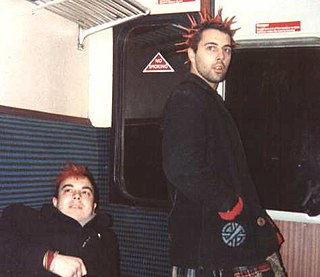
Punk fashion is the clothing, hairstyles, cosmetics, jewellery, and body modifications of the punk counterculture. Punk fashion varies widely, ranging from Vivienne Westwood designs to styles modeled on bands like The Exploited to the dressed-down look of North American hardcore. The distinct social dress of other subcultures and art movements, including glam rock, skinheads, greasers, and mods have influenced punk fashion. Punk fashion has likewise influenced the styles of these groups, as well as those of popular culture. Many punks use clothing as a way of making a statement.
Surf music is a genre of rock music associated with surf culture, particularly as found in Southern California. It was especially popular from 1958 to 1964 in two major forms. The first is instrumental surf, distinguished by reverb-heavy electric guitars played to evoke the sound of crashing waves, largely pioneered by Dick Dale and the Del-Tones. The second is vocal surf, which took elements of the original surf sound and added vocal harmonies, a movement led by the Beach Boys.

Cornrows are a style of traditionally three-strand braids, originating in Africa, in which the hair is braided very close to the scalp, using an underhand, upward motion to make a continuous, raised row. Cornrows are often done in simple, straight lines, as the term implies, but they can also be styled in elaborate geometric or curvilinear designs. They are distinct from, but may resemble, box braids, Dutch braids, melon coiffures, and other forms of plaited hair, and are typically tighter than braids used in other cultures.

Pomade is a greasy, waxy, or water-based substance that is used to style hair. It generally gives the user's hair a shiny, slick appearance. It lasts longer than most hair-care products, and often requires multiple washes for complete removal. The pomades of the 18th and 19th centuries consisted mainly of bear fat or lard. Lanolin, beeswax and petroleum jelly have been used extensively in modern pomades. The hold of pomades makes sculptured hairstyles such as the pompadour waves (hairstyle) possible.
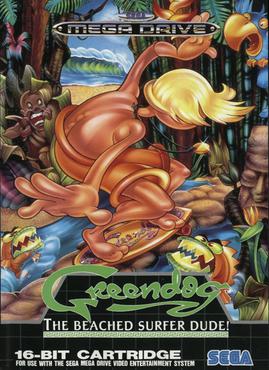
Greendog: The Beached Surfer Dude! is a platform game developed by Interactive Designs for the Sega Genesis console, and was published by Sega in September 1992. A port to the handheld Game Gear was released a year later.

Surf culture includes the people, language, fashion, and lifestyle surrounding the sport of surfing. The history of surfing began with the ancient Polynesians. That initial culture directly influenced modern surfing, which began to flourish and evolve in the early 20th century, with its popularity peaking during the 1950s and 1960s. It has affected music, fashion, literature, film, art, and youth jargon in popular culture. The number of surfers throughout the world continues to increase as the culture spreads.

Fashion of the 1960s featured a number of diverse trends, as part of a decade that broke many fashion traditions, adopted new cultures, and launched a new age of social movements. Around the middle of the decade, fashions arising from small pockets of young people in a few urban centers received large amounts of media publicity, and began to heavily influence both the haute couture of elite designers and the mass-market manufacturers. Examples include the mini skirt, culottes, go-go boots, and more experimental fashions, less often seen on the street, such as curved PVC dresses and other PVC clothes.
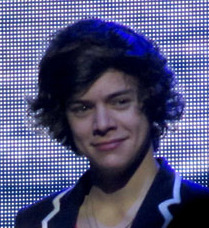
The wings haircut, also known the Mod haircut, Mop top, flippies, flow, Justin Bieber haircut, or skater hair is a popular hairstyle used in the skateboarding, surfer, mod, and preppy community. Typically long, the style can range from long and drooping below the eyes, to a shorter length. The haircut is typically wavy and, if straight, the length comes to halfway down the ears. Instead of lying on the wearer's ears, the hair flips up and comes straight out like an airplane wing, hence the name. The hairstyle was popular among men in the 1960s, 1970s, mid-late 2000s, early 2010s and 2020s.

The riding of waves has likely existed since humans began swimming in the ocean. In this sense, bodysurfing is the oldest type of wave-catching. Undoubtedly ancient sailors learned how to ride wave energy on many styles of early boats. Archaeological evidence even suggests that ancient cultures of Peru surfed on reed watercraft for fishing and recreation up to five thousand years ago. However, standing up on what is now called a surfboard is a relatively recent innovation developed by the Polynesians. The influences for modern surfing can be directly traced to the surfers of pre-contact Hawaii.
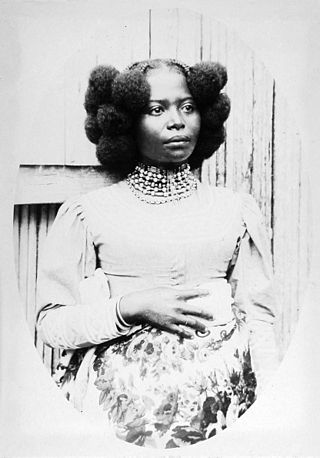
Kinky hair, also known as afro-textured hair, is a human hair texture prevalent in the indigenous populations of many regions with hot climates, mainly sub-Saharan Africa, some areas of Melanesia, and Australia. Each strand of this hair type grows in a repeating pattern of small contiguous kinks. These numerous kinks make kinky hair appear denser than straight, wavy, and curly hair types.
Hairstyle products are used to change the texture and/or shape of hair.
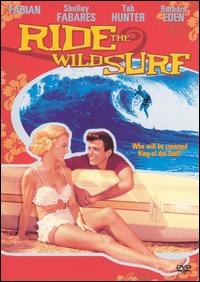
Ride the Wild Surf is a 1964 American romantic drama film. It was filmed in 1963 and distributed in 1964. Unlike the beach party movies of the era, this was a departure from the typical Hollywood approach to surfing as it was a drama, not a comedy. It is known for its exceptional big wave surf footage – a common sight in surf movies of the time, but a rarity in Hollywood films. Likewise, the film has only one pop song – the titular Jan and Dean track, which is heard once, at the end of the film.

Hairstyle fashion in Rome was ever changing, and particularly in the Roman Imperial Period there were a number of different ways to style hair. As with clothes, there were several hairstyles that were limited to certain people in ancient society. Styles are so distinctive they allow scholars today to create a chronology of Roman portraiture and art; we are able to date pictures of the empresses on coins or identify busts depending on their hairstyles.

African-American hair or Black hair refers to hair types, textures, and styles that are linked to African-American culture, often drawing inspiration from African hair culture. It plays a major role in the identity and politics of Black culture in the United States and across the diaspora. African-American hair often has a kinky hairy texture, appearing tightly coiled and packed. Black hair has a complex history, culture, and cultural impact, including its relationship with racism.
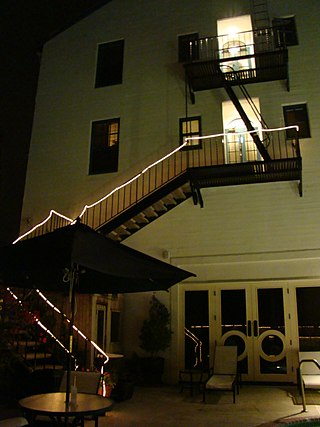
The Montecito Inn is a boutique hotel in the southwestern part of Montecito, California. It is considered a Santa Barbara landmark. Located on Coast Village Road in Montecito, adjacent to U.S. Route 101, the inn is 2.5 blocks from Butterfly Beach. Pleistocene gravel deposits are evident nearby.
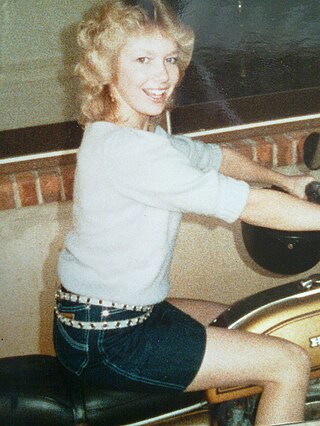
Hairstyles in the 1980s included the mullet, tall mohawk hairstyles, jheri curls, flattops, and hi-top fades, which became popular styles. Amongst women, large hair-dos, puffed-up styles, permanent waves, and softer cuts typified the decade. Big hair that was "often permed to achieve the desired volume" is especially associated with women of the mid 1980s as well as male rockstars of that era, especially of the glam metal genre. Television shows such as Dynasty helped popularize the high volume bouffant and glamorous image associated with it.
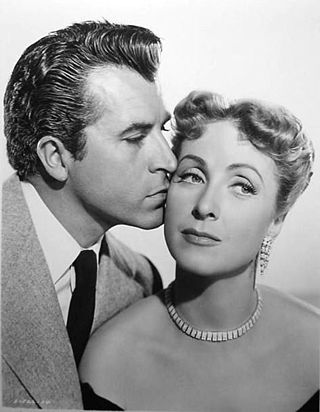
In the Western world, the 1950s were a decade known for experimentation with new styles and culture. Following World War II and the austerity years of the post-war period, the 1950s were a time of comparative prosperity, which influenced fashion and the concept of glamour. Hairstylists invented new hairstyles for wealthy patrons. Influential hairstylists of the period include Sydney Guilaroff, Alexandre of Paris and Raymond Bessone, who took French hair fashion to Hollywood, New York and London, popularising the pickle cut, the pixie cut and bouffant hairstyles.






















